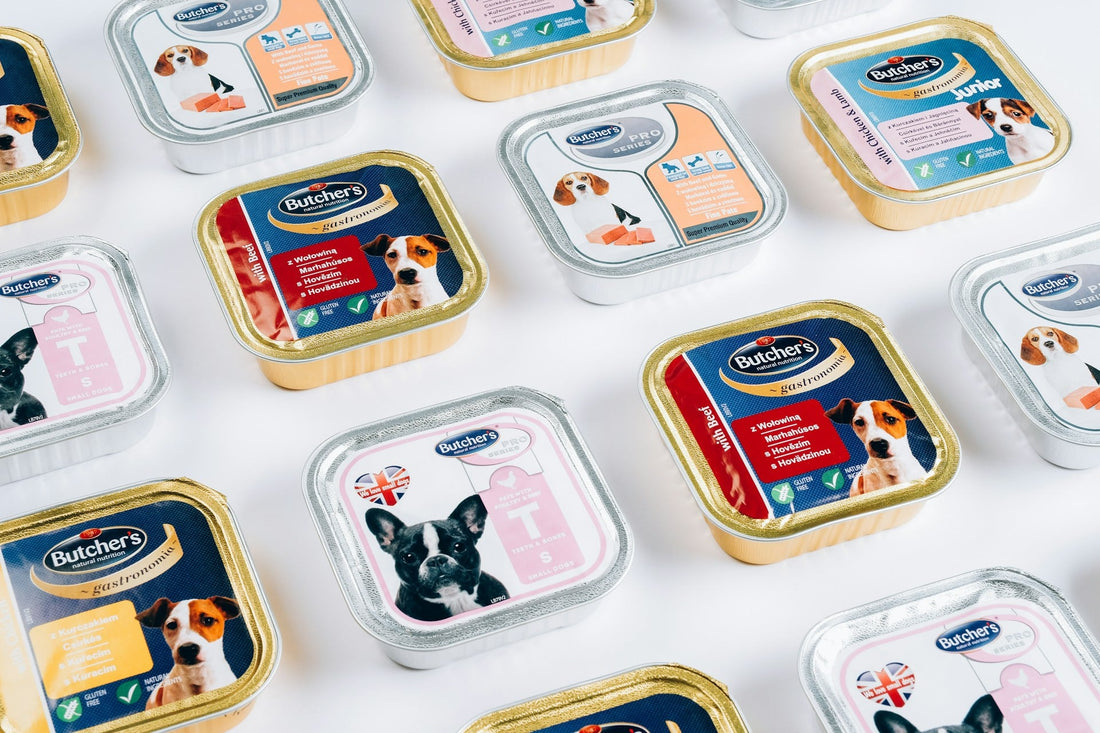Understanding Pet Food Labels: What to Look For

Ensuring your pet gets the best nutrition starts with understanding pet food labels. These labels provide crucial information that helps you make informed decisions about what you’re feeding your furry friends. This guide will walk you through what to look for on pet food labels so you can choose the healthiest options for your pets.
What to Look For on Pet Food Labels
1. Ingredients List
The ingredients list is a vital part of any pet food label. Ingredients are listed in order of weight, with the heaviest items first. Look for high-quality protein sources such as chicken, beef, or fish. Avoid foods that list vague terms like "meat by-products" or "animal digest."
2. Guaranteed Analysis
This section provides the percentages of various nutrients in the food. Key components to check include:
- Protein: Essential for muscle development and overall health.
- Fat: Provides energy and supports skin and coat health.
- Fiber: Important for digestive health.
- Moisture: Indicates water content, which is crucial for hydration.
3. AAFCO Statement
Look for the Association of American Feed Control Officials (AAFCO) statement. This ensures the food meets minimum nutritional requirements. Phrases like "complete and balanced" indicate that the food provides all necessary nutrients.
4. Nutritional Adequacy
Pet food should be appropriate for your pet's life stage. Check for labels indicating whether the food is suitable for puppies, adults, seniors, or specific breeds.
5. Feeding Guidelines
Feeding guidelines provide recommendations based on your pet's weight and age. These are general guidelines, and it’s best to consult with your veterinarian to determine the exact amount your pet needs.
6. Caloric Content
Knowing the caloric content helps you manage your pet's weight. This is especially important if your pet needs to lose or gain weight.
7. Quality Assurance Seals
Seals from reputable organizations, like the AAFCO or the National Animal Supplement Council (NASC), can indicate higher standards of quality and safety.
Red Flags to Watch Out For
- Artificial Additives: Avoid foods with artificial colors, flavors, or preservatives.
- Unknown Sources: Ingredients listed as "animal fat" or "meat meal" without specifying the source can be of lower quality.
- Excess Fillers: Corn, wheat, and soy can be used as cheap fillers and may not provide much nutritional value.
How to Make the Best Choice
- Research Brands: Choose brands with a good reputation and transparent ingredient sourcing.
- Consult Your Vet: Always consult your veterinarian for recommendations tailored to your pet's specific health needs.
- Read Reviews: Look for feedback from other pet owners to gauge the food's effectiveness and palatability.
By following this guide, you can confidently choose the best food for your pets, ensuring they receive the nutrition they need for a happy and healthy life.
For more tips on pet nutrition and care, subscribe to our newsletter and visit Petzie & Milo for the best selection of pet supplies.
